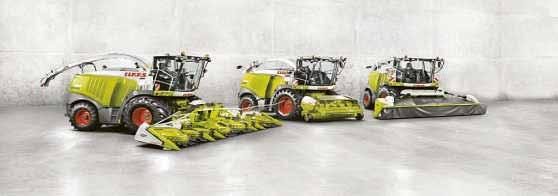
1 minute read
CAUV Values Continue
from Harvest, Fall 2020
by Gannett NEO
By | Kelli Milligan-Stammen DIRECTOR OF PUBLICATIONS, OHIO FARM BUREAU POSTED JULY 29, 2020
IN 2017, Ohio Farm Bureau members pushed for CAUV reform and that work has paid off as the declines to members’ tax values continue to grow.
Advertisement
The Current Agricultural Use Value program allows farmland devoted exclusively to commercial agriculture to be valued based on its value in agriculture, rather than the full market value, resulting in a substantially lower tax bill for farmers and property owners.
The official values for the 2020 re-evaluations show that soils values for CAUV are declining in a
5963FountainNookRd. AppleCreek,OH44606
WO-10719171
TO DECLINE

range from 20% to 50%.
“That’s in addition to the 30% average decline that those values realized from their levels after the program was reformed in 2017,” said Leah Curtis, Ohio Farm Bureau’s policy counsel. “This is the first year that the reform is fully phased in, and we are continuing to see values come back to a more reasonable and accurate level.”
These values only apply to CAUV -enrolled farmland, and changes in taxes due will depend on additional factors.
“Keep in mind that your tax bill includes a lot of things,” Curtis said. “In addition to your farmland, you are going to have values for your home and for your buildings, which will both be evaluated by fair market values based on what the land and properties are selling for on the open market. CAUV is calculated on soil productivity.”
To qualify for CAUV , landowners need to have at least 10 acres of land devoted to commercial agricultural use, or show that they are making $2,500 of gross annual income from agricultural pursuits. Those meeting the requirements can enroll with their county auditor.





